Immortal bacteria genetic mechanisms could be used in crispr to make humans truly Immortal: 3.
Researchers successfully resuscitated bacteria from the South Pacific Gyre that were buried under marine snow for 100 million years.
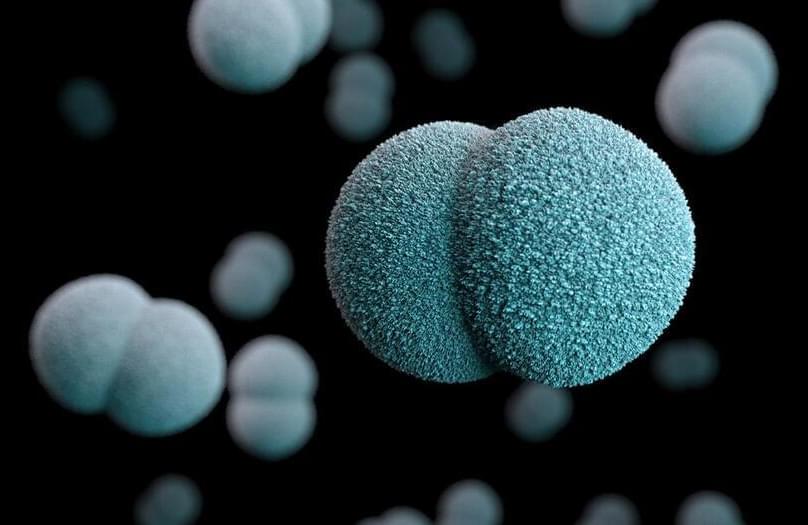

“So many genes are involved in DNA maintenance, FOXO3 for example, which is very interesting, but it cannot be a therapeutic target because it will trigger a lot of other things,” he explains. “SIRT6 is coding for only one protein and, because it’s a small protein, the cargo size is not too big and it can be easily delivered into cells, so it’s possible to use it as a gene therapy target.”
Some of the other factors that play in Genflow’s favour, says Leire, are that the world has reached a better understanding of the biology of aging, but also that gene therapy has also progressed well over the years.
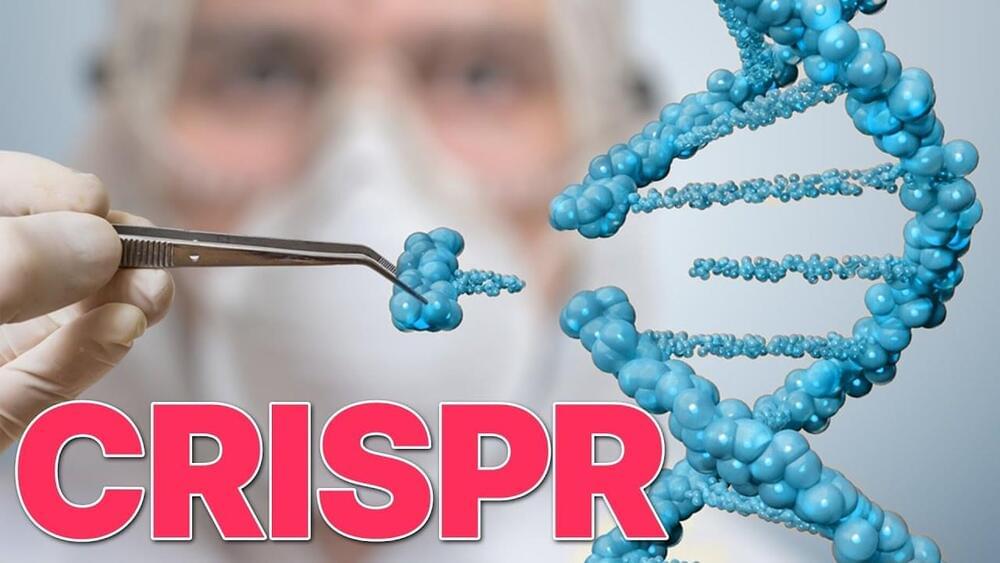
Quick vid and a reminder of the 4th conference of Lifespan.io is this weekend.
Gene editing can make stem cells invisible to the immune system, making it possible to carry out cell therapy transplants without suppressing the patients’ immune response. Scientists in the US and Germany used immune engineering to develop universal cell products that could be used in all transplant patients. The idea is to create stem cells that evade the immune system; these hypoimmune stem cells are then used to generate cells of the desired type that can be transplanted into any patient without the need for immunosuppression, since the cells won’t elicit an immune response. They used CRISPR-Cas9 to knock out two genes involved in the major histocompatibility complex, which is used for self/non-self discrimination. They also increased the expression of a protein that acts as a “don’t eat me” signal to protect cells from macrophages. Together, these changes made the stem cells look less foreign and avoid clearance by macrophages. The team then differentiated endothelial cells and cardiomyocytes from the engineered stem cells, and they used these to treat three different diseases in mice. Cell therapy treatments using the hypoimmune cells were effective in rescuing hindlimbs from vascular blockage, preventing lung damage in an engineered mouse model, and maintaining heart function following a myocardial infarction. Immunosuppression poses obvious risks to a patient, and generating custom cells for transplant therapy is often prohibitively expensive. The development of universal donor cells that can be used as therapeutics could bring the cost down significantly, making cellular therapeutics available to many more patients in a much safer way.
SOURCES AND FURTHER READING
⎺⎺⎺⎺⎺⎺⎺⎺⎺⎺⎺⎺⎺⎺⎺⎺⎺⎺⎺⎺⎺⎺⎺⎺⎺⎺⎺⎺⎺⎺⎺⎺⎺⎺
Engineering Cells to Avoid Immune Detection in Transplants: https://www.lifespan.io/news/engineering-cells-to-avoid-immune-detection-in-transplants/
“Hypoimmune induced pluripotent stem cell–derived cell therapeutics treat cardiovascular and pulmonary diseases in immunocompetent allogeneic mice” paper: https://www.pnas.org/content/118/28/e2022091118
LSN episode on Intellia Therapeutics’ clinical trial of NTLA-2001 — https://youtu.be/WKOPTfGqMPA
LSN episode on CRISPR switching genes on and off — https://youtu.be/WPabduXB7eg.
Science to Save the World video on CRISPR Designer Babies — https://youtu.be/Avi66PtJOOA
LIKE WHAT WE DO?
⎺⎺⎺⎺⎺⎺⎺⎺⎺⎺⎺⎺⎺⎺⎺⎺⎺⎺⎺
If you’d like to help us run this show and/or help Lifespan.io end age-related diseases, you can become a Lifespan Hero: https://lifespan.io/hero. Your support means the world to us!

Alpha-ketoglutarate is a good example of a much more science-based substance to impact aging. But only using AKG is not enough to significantly slow down the aging process. There are many reasons why we age, and AKG can also address only a few of them, in a very specific way.
Note: Since I’m leaving on vacation tomorrow (Yellowstone baby!), we’ve got a special guest post for you this week from Dr. Kris Verburgh and the fine folks at Novos Labs; a longevity supplement startup targeting multiple aging hallmarks with different life-extending compounds. They’ve been featured on Longevity. Technology and also have a fantastic blog we’ll link to below that’s worth checking out. Since our next content block will be all about different anti-aging supplements and the science behind them, we thought this overview of Alpha-Ketoglutaric Acid (AKG) for longevity would serve as a nice teaser for when we finish up diet and nutrition in October and switch over. So without further ado, take it away, Kris!
In the last few years, we have seen the rise of more science-based supplements to slow down aging.
Various companies have emerged that want to use a more scientific approach to develop anti-aging supplements. This is very good, because prior to this new wave, most “anti-aging” supplements had very little or no science behind them.



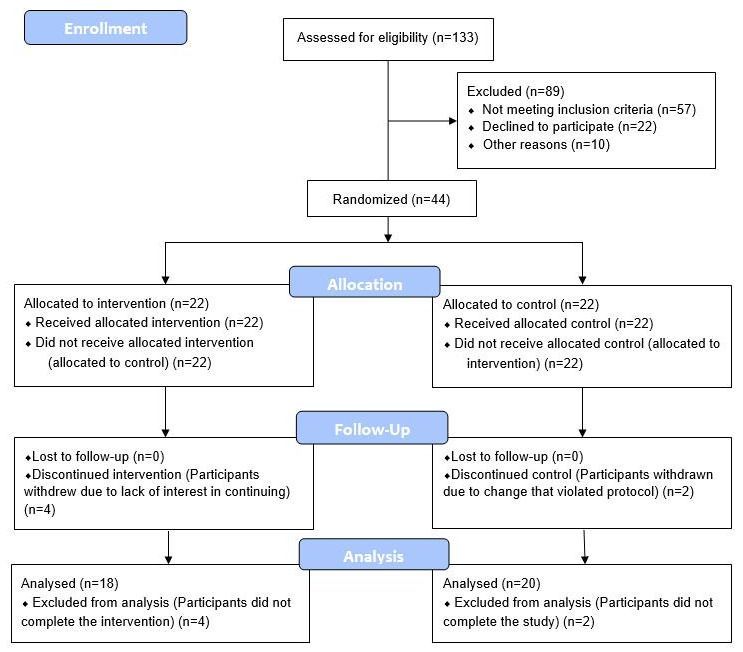
Yes this says a 3 year epigenetic clock reversal in just 8 weeks thanks to diet and lifestyle changes. There is a list of supplements too:
Alpha ketoglutarate, vitamin C and vitamin A curcumin, epigallocatechin gallate (EGCG), rosmarinic acid, quercetin, luteolin.
Manipulations to slow biological aging and extend healthspan are of interest given the societal and healthcare costs of our aging population. Herein we report on a randomized controlled clinical trial conducted among 43 healthy adult males between the ages of 50–72. The 8-week treatment program included diet, sleep, exercise and relaxation guidance, and supplemental probiotics and phytonutrients. The control group received no intervention. Genome-wide DNA methylation analysis was conducted on saliva samples using the Illumina Methylation Epic Array and DNAmAge was calculated using the online Horvath DNAmAge clock (2013). The diet and lifestyle treatment was associated with a 3.23 years decrease in DNAmAge compared with controls (p=0.018). DNAmAge of those in the treatment group decreased by an average 1.96 years by the end of the program compared to the same individuals at the beginning with a strong trend towards significance (p=0.066). Changes in blood biomarkers were significant for mean serum 5-methyltetrahydrofolate (+15%, p=0.004) and mean triglycerides (−25%, p=0.009). To our knowledge, this is the first randomized controlled study to suggest that specific diet and lifestyle interventions may reverse Horvath DNAmAge (2013) epigenetic aging in healthy adult males. Larger-scale and longer duration clinical trials are needed to confirm these findings, as well as investigation in other human populations.
Keywords: DNA methylation, epigenetic, aging, lifestyle, biological clock.
Advanced age is the largest risk factor for impaired mental and physical function and many non-communicable diseases including cancer, neurodegeneration, type 2 diabetes, and cardiovascular disease [1, 2]. The growing health-related economic and social challenges of our rapidly aging population are well recognized and affect individuals, their families, health systems and economies. Considering economics alone, delaying aging by 2.2 years (with associated extension of healthspan) could save $7 trillion over fifty years [3]. This broad approach was identified to be a much better investment than disease-specific spending. Thus, if interventions can be identified that extend healthspan even modestly, benefits for public health and healthcare economics will be substantial.
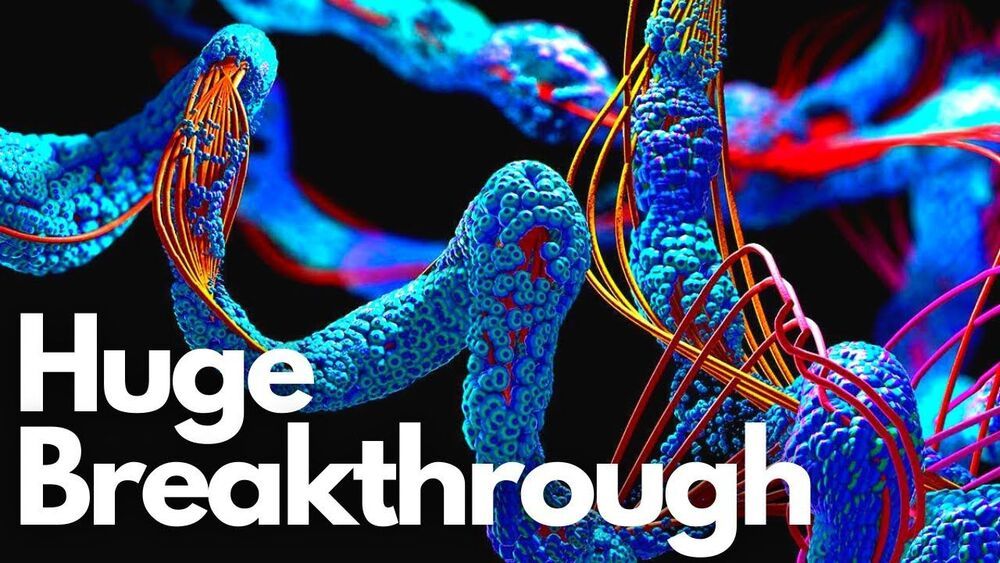
I think SENS did this last year but now AlphaFold2 will make it easier and faster.
Hey it’s Han from WrySci HX discussing how breakthroughs in the protein folding problem by AlphaFold 2 from DeepMind could combine with the SENS research foundation’s approach of allotopic mitochondrial gene expression to fight aging damage. More below ↓↓↓
Subscribe! =]
Please consider supporting 🙏
Patreon: https://www.patreon.com/wrysci_hx.
Follow me on twitter: https://twitter.com/han_xavier_
Or better yet, consider supporting any of the following =]
https://www.researchamerica.org/
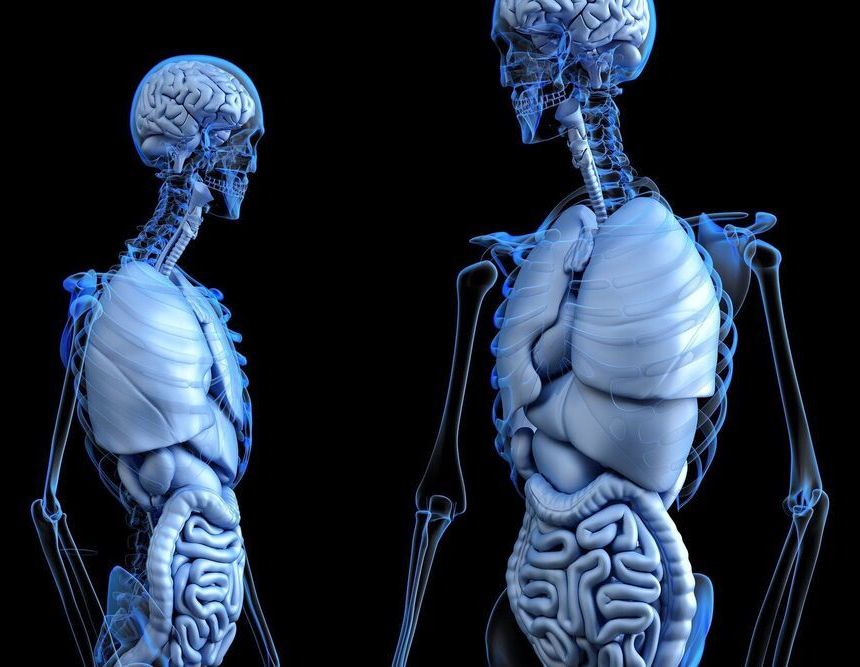
Researchers at the Stanford Institute for Stem Cell Biology and Regenerative Medicine have discovered how changes in aging skeletal stem cells may be an underlying cause of poor fracture healing, osteoporosis and various blood disorders as well as generalized inflammation and aging (sometimes called “inflamm-aging”) of cells and systems throughout the body. However, the researchers are also discovering how they might reinvigorate aging skeletal stem cell so that they start acting younger again, potentially reversing these changes.
“Skeletal stem cells give rise to bone, cartilage, and special cells that provide a niche or nursery for blood and immune stem cells to develop,” said Charles Chan, PhD, a member of the institute and an assistant professor in the Department of Surgery, Plastic and Reconstructive Surgery, and Immunology. “So if aged skeletal stem cells are not performing well, they can contribute to a wide variety of the disorders that we find in older people.”
The Research was published in the journal Nature. Chan and professor Michael Longaker, MD, are senior authors on the paper. Longaker is the Dean P. and Louise Mitchell Professor in the School of Medicine and a member of the Institute for Stem Cell Biology and Regenerative Medicine. Postdoctoral fellow Thomas Ambrosi, PhD is a co-first author along with former medical student Owen Marecic, MD and former postdoctoral fellow Adrian McArdle, MD, PhD.